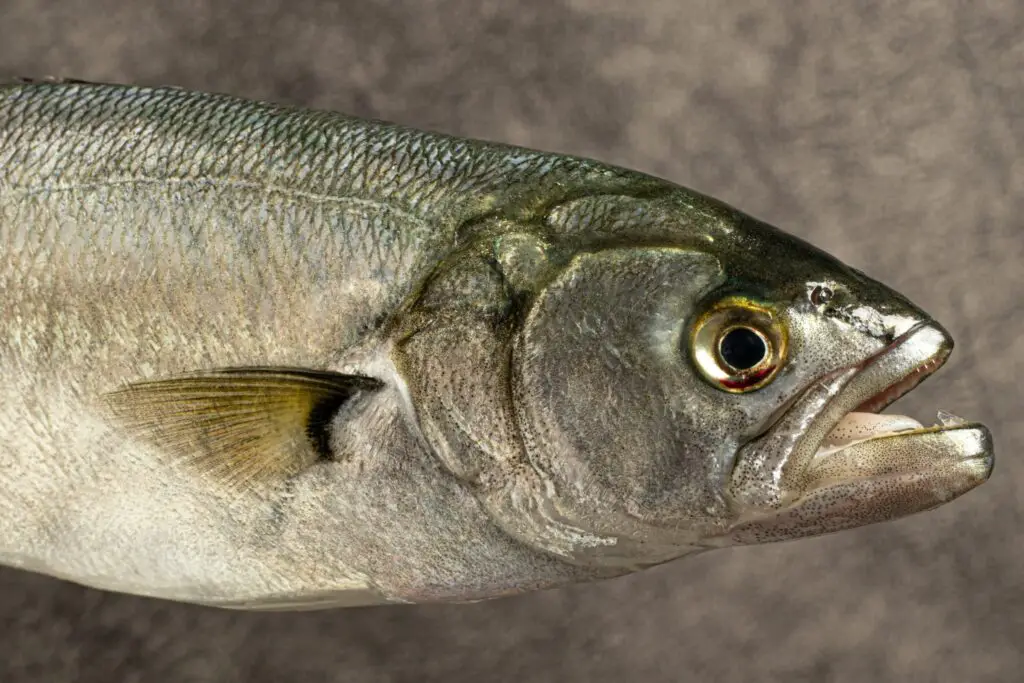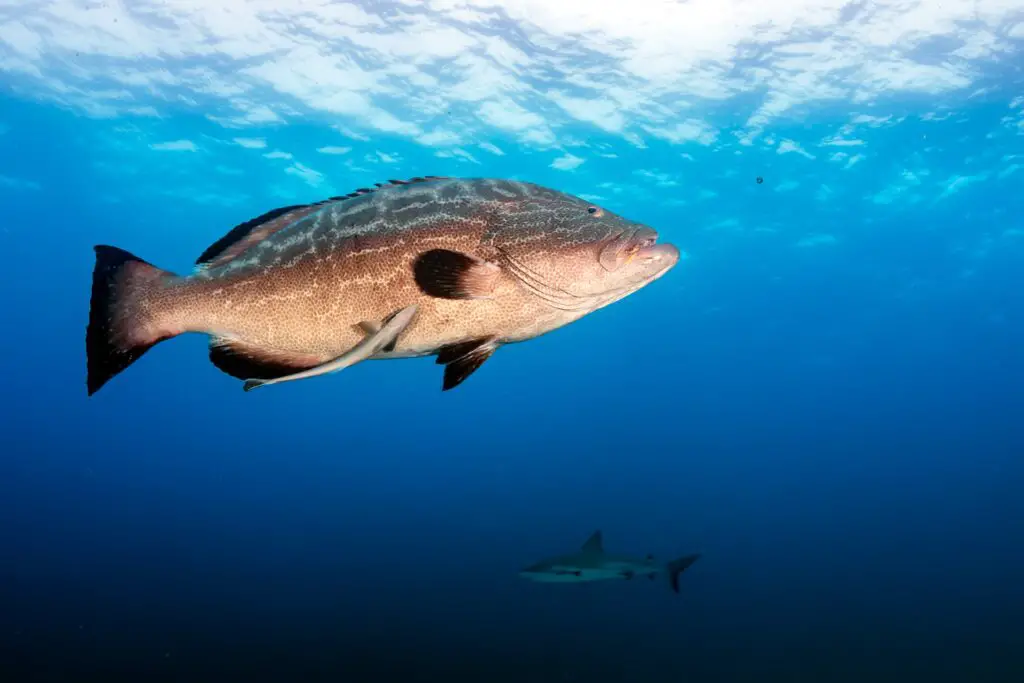Bluefish is a common food as well as game fish which is a tropical and warm water fish. Grouper is a species of fish that is found in all bodies of water around the world because there are more than 100 species of this fish. These two are different species of fish, and thus they belong to other families. This also means that the grouper and bluefish look and behave in a completely different way. When it comes to these two fish, there are very few similarities between them two.
The differences between grouper and bluefish
These two fish belong to different families. The bluefish is the only existing species of the family Pomatomidae. Whereas the grouper belongs to the family Serranidae and subfamily Epinephelinae.
Just like this difference, there are many more differences between the fish.
The Appearance
The grouper has a robust body and huge mouth. Regardless of the species, most grouper look very similar, with their round bodies and mouths larger than the body. This fish also usually has a lower jaw extended outwards compared to the upper jaw. The pelvic and anal fins are sharp, but their dorsal fins are soft and located at the back of the body. Color-wise, they are very dully colored in greens and browns, but of course, there are some exceptions, like the Nassau grouper. Groupers do not eat with their teeth, but instead normally suck a fish in with their large mouths.
On the other hand, the bluefish is a moderately proportional fish, with the head and rest of the body being of similar size. The fish has two dorsal fins, the one on the front being small while the one on the back being much larger. The fish has sharp teeth and a forked tail as well. Color-wise, the fish is pale blue to green on their backs, but this fades into white and silver towards the belly.

The Habitat
As mentioned above, the grouper has many species and it is located all over the world, from subtropical to tropical waters. They also play a major role in the ecosystem; you can find them in deep and shallow water. In shallow water, you can usually find the goliath grouper, the largest species of grouper known for its size.
When it comes to bluefish are also found in many oceans, from tropical to temperate waters. You can find them in the Atlantic Ocean, the Indian Ocean, and the South Pacific Ocean. However, they are not found in the northern Pacific Ocean. These are known by different names in the different countries where they are found. These are schooling fish that stay within the water column in the ocean.
The Size
When it comes to the size, the grouper wins. Of course, there are smaller groupers that get around 35 inches in size, but usually, groupers are larger in size. The goliath grouper can get more than seven feet in size and weigh 880 pounds, making them larger than some sharks as well. This is because most groupers can live for a very long time, more than a decade, and they keep growing during that time. Therefore, technically, the grouper can get even larger than the recorded size.
The bluefish is not a small fish either but compared to a grouper, it is considered to be small. The fish can get up to 42 inches in size. However, they usually stay around 20 inches to 25 inches in size. The fish can weigh up to 40 pounds but it usually gets around 20 pounds only. These fish also have a lifespan of up to nine years. Compared to grouper, this fish is tiny in size and can become prey to the grouper.

The Reproduction
The grouper has a very interesting way of reproduction; the fish is known as a monandric protogynous hermaphrodite. This means that the fish is only female and change their sex after maturity. Not all groupers are like this, but most of them are. The groupers then reproduce in pairs and are found in harems led by a large male fish with up to 15 female fish. The female fish in the harem also fulfill important roles.
The bluefish has a normal reproduction cycle. The fish migrate for reproduction. The female fish produces a lot of eggs, from 0.6 million to 1.4 million eggs, in one cycle as the female migrates along the coast. The male fish then spreads its milt, and the fertilization of eggs occurs. The eggs are buoyant and drift on currents, hatching after approximately 48 hours in different places.
The Nutritional Value
Both of these fish are eaten, and they have different nutritional values. Bluefish is better when it comes to nutritional values, but grouper is higher in iron compared to bluefish. When it comes to cholesterol, the grouper has less of it, along with sodium and saturated fat, than bluefish. Both fish have equal minerals, but bluefish have more vitamins.
The meat of bluefish is higher in vitamin B12, vitamin B3, vitamin B2, phosphorus, and other vitamins compared to grouper. In fact, bluefish has 200% higher vitamin B12 levels compared to grouper. The protein level of this fish is higher as well. However, this also means that the overall calories in bluefish are much higher than grouper.
The Taste
Both of these fish are eaten, but bluefish meat is much more liked and common. The grouper meat is known to have large flakes and be slightly sweet. The meat is good for absorbing marinades and flavoring. The skin of the grouper meat is not edible at all.
The bluefish has a buttery natural taste. The fish has a mild taste and flaky meat. The larger bluefish tend to have better-tasting meat compared to the smaller ones. they are popular in countries where the fish is available.
Conclusion
Both grouper and bluefish vary in many ways. The grouper looks much different and also has a different habitat. Bluefish is more popular for eating due to its taste and nutritional value. Hopefully, now you know all the differences between these two fish. It is time you decide which fish you would like to eat or go fishing for.











